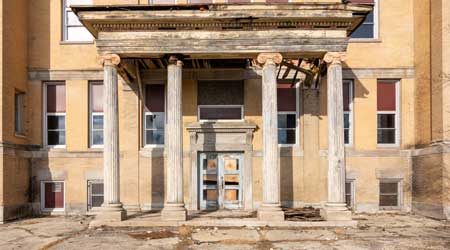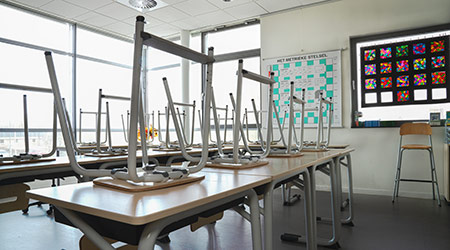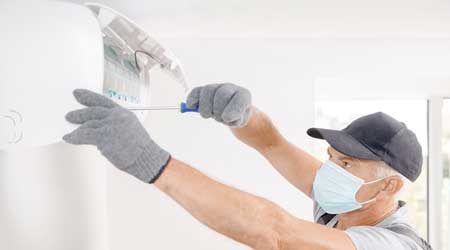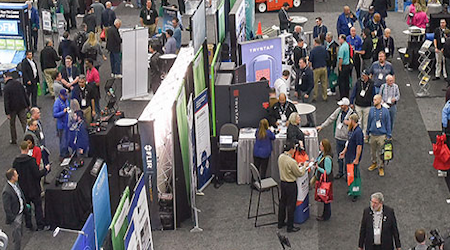
COVID-19’s Impact Hardest on Schools with Higher Minority Enrollments
December 14, 2020
No one needs to remind maintenance and engineering managers in K-12 school districts about the deteriorating condition of many of their facilities. Chronic underfunding of needed repair and capital projects for decades has left many schools with an array of outdated, inefficient and unreliable equipment and components. As the general public is now finding out the hard way, the impact of deferred maintenance is especially hard on schools’ HVAC systems.
School districts nationwide, especially those serving mostly low-income families, have struggled to find the money to repair its buildings. Now these districts are seeing the spread of the coronavirus expose a crisis of crumbling and dilapidated school buildings brought on by decades of underfunding and neglect.
The consequences are especially dire for Black and Latino children and for low-income children of all races. Schools serving these students were much more likely to remain closed this fall, in part because old buildings were deemed unsafe for children and teachers during the pandemic. The fallout has left families scrambling for child care and students struggling to keep up with remote learning.
Nationally, school closures forced 41 percent of districts with a high concentration of students living in poverty into offering remote-only instruction this fall, while only 24 percent of districts with a low concentration of students living in poverty kept their doors closed to in-person instruction, according to a report by the Center on Reinventing Public Education.
Dan Hounsell is editor of Facility Maintenance Decisions.
Next
Read next on FacilitiesNet












